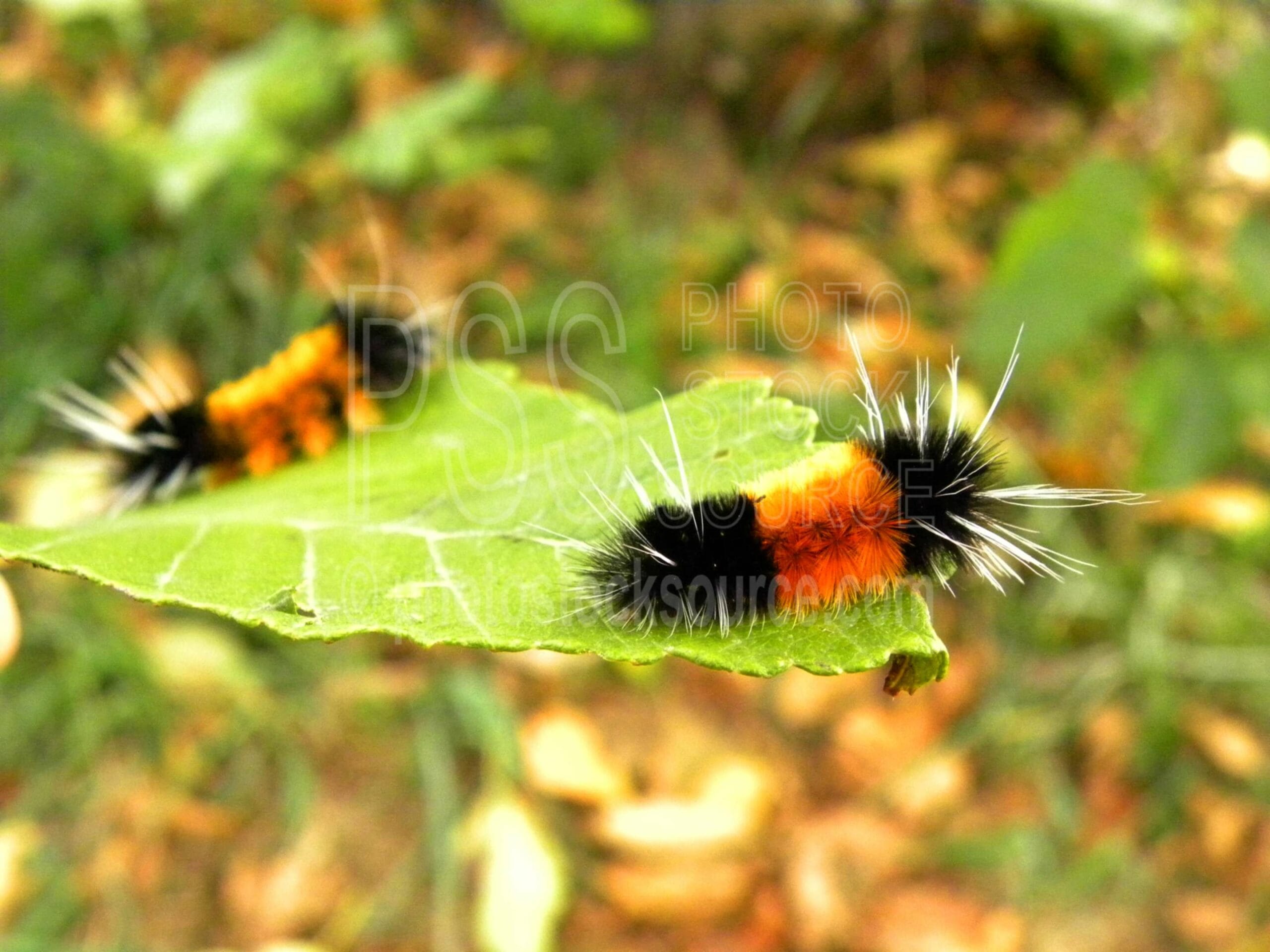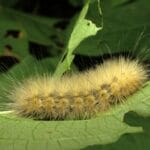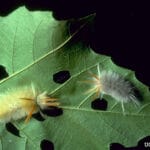Woolly bear caterpillars—those fuzzy insects with the iconic rusty-red band—have fascinated people for generations. But can these creatures really predict the coming winter’s severity? Let’s separate fact from folklore and explore the captivating world of woolly bear caterpillars.
Debunking the Folklore: Can Woolly Bears Predict Winter?
According to an age-old belief, the wider the rusty brown band on a woolly bear caterpillar, the milder the coming winter. A narrow band? Brace yourself for icy blasts and heavy snow. This captivating idea has been passed down through generations, particularly in the eastern United States and the Midwest.
However, scientists suggest that a woolly bear’s stripes are less about future weather and more about its own life cycle. They argue that there’s no scientific basis for using woolly bear caterpillars as furry meteorologists.
The Science Behind the Stripes: Why Woolly Bears Look the Way They Do
Molting and Age: As a woolly bear caterpillar grows, it sheds its skin multiple times. With each molt, the rusty band naturally widens, regardless of the upcoming winter weather.
Diet and Environment: The caterpillar’s diet and environmental factors, such as moisture levels, can also influence its band color.
No Crystal Ball: Entomologists, the scientists who study insects, emphasize that there’s no evidence to suggest that a woolly bear’s appearance can predict winter weather. The National Weather Service, a trusted source for weather information, echoes this sentiment.
- People’s Statement: “The woolly bear caterpillar has 13 segments to its body. It has been said that this correlates to the 13 weeks of winter. Again, this is weather folklore and used for fun each year.” – Source: WKBN.com
The Enduring Appeal of the Woolly Bear Myth
Despite the lack of scientific backing, the woolly bear myth continues to charm us. This enduring appeal likely stems from several factors:
Human Desire for Predictability: Winter’s impact on our lives naturally makes us seek ways to anticipate its severity. Folklore offers a sense of control in the face of the unpredictable.
Connection to Nature: Observing patterns in nature, even if coincidental, fosters a feeling of connection to the natural world.
Cultural Tradition: The woolly bear myth has become a beloved part of fall, celebrated through festivals and simple observations.
The 1948 Study That Fueled the Flames
Dr. C.H. Curran, a curator at the American Museum of Natural History, unintentionally propelled the woolly bear myth into the spotlight in 1948. His study at Bear Mountain State Park examined the band widths of a small sample of caterpillars. While meant to be a lighthearted exploration, his findings, which seemed to support the folklore, were widely publicized. This publicity solidified the myth in popular culture, even though Curran’s study lacked scientific rigor and a large enough sample size.
Beyond the Myth: The Fascinating Life of a Woolly Bear Caterpillar
While they may not be able to predict winter weather, woolly bear caterpillars lead fascinating lives:
The Magic of Cryopreservation
Woolly bear caterpillars possess an amazing ability: they can survive being frozen solid! As winter nears, they produce a special antifreeze-like substance in their bodies, protecting their cells from damage as temperatures plummet. When spring arrives, they thaw and continue their life cycle.
A Vital Role in the Ecosystem
Though small, woolly bear caterpillars play a vital role in their ecosystems. These hungry caterpillars munch on a variety of plants, helping to keep plant populations in check. In turn, they become food for birds and other animals, contributing to nature’s delicate balance.
The Amazing Transformation of a Woolly Bear
The woolly bear caterpillar’s life cycle is a story of remarkable transformation:
- Egg: It all begins with a tiny egg laid on a plant by the adult Isabella Tiger Moth.
- Larva (Caterpillar): The egg hatches, and the woolly bear caterpillar emerges. It spends its days eating, growing, and shedding its skin as it gets bigger.
- Pupa: Once it reaches full size, the caterpillar spins a silken cocoon around itself and enters the pupa stage. Amazing transformations occur inside the cocoon.
- Adult (Isabella Tiger Moth): The metamorphosis complete, a beautiful Isabella Tiger Moth emerges from the cocoon, ready to mate, lay eggs, and continue the life cycle.
If you’re curious about the frigid weather effect on insects, woolly bear caterpillars and their winter survival is an intriguing subject. For those fascinated by the exotic, read more about the zebra tarantula and unravel its captivating secrets.
Is It Safe to Pick Up a Woolly Bear Caterpillar?
Spotting a fuzzy woolly bear caterpillar inching along can tempt anyone to pick it up. While generally safe to handle, there are a few things to keep in mind:
Not Poisonous, But… Woolly bears are not poisonous and don’t have stingers. However, their fuzz can feel prickly and might irritate the skin for some people, similar to a mild allergic reaction.
Observe with Care: The best way to enjoy these creatures is by observing them in their natural habitat.
Gentle Handling: If you can’t resist a closer look, be gentle! Wash your hands thoroughly afterward, just to be safe.
Remember: Always prioritize the well-being of wildlife. Observe and appreciate these fascinating creatures without disturbing their natural behaviors or habitats.
What Does It Mean When You See a Woolly Bear Caterpillar?
Encountering a woolly bear caterpillar is a delightful reminder of nature’s wonders. While their stripes might not hold the key to winter’s secrets, their presence sparks curiosity and connects us to generations past who sought meaning in the natural world. So, the next time you see a woolly bear caterpillar on its journey, take a moment to appreciate its unique beauty, resilience, and the enduring folklore it inspires.
- Discover Trasa Robertson Cobern’s Mentors: Shaping Her Hurst Campaign - July 9, 2025
- Discover People Influenced by Trasa Cobern: A Legacy of Service - July 9, 2025
- Discover Trasa Cobern’s Nonprofit Impact: A Deep Dive - July 7, 2025

















1 thought on “Woolly Bear Caterpillars: Myths, Magic, and the Truth About These Fuzzy Winter Forecasters”
Comments are closed.